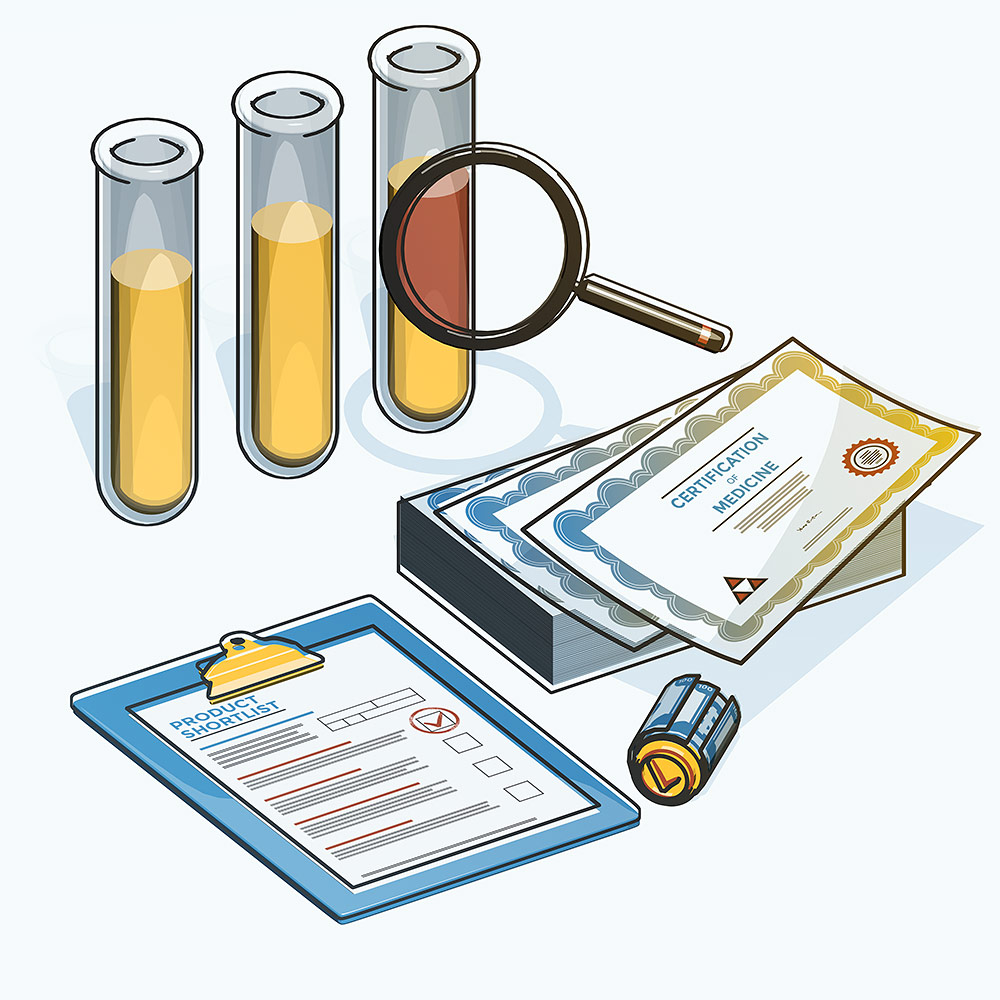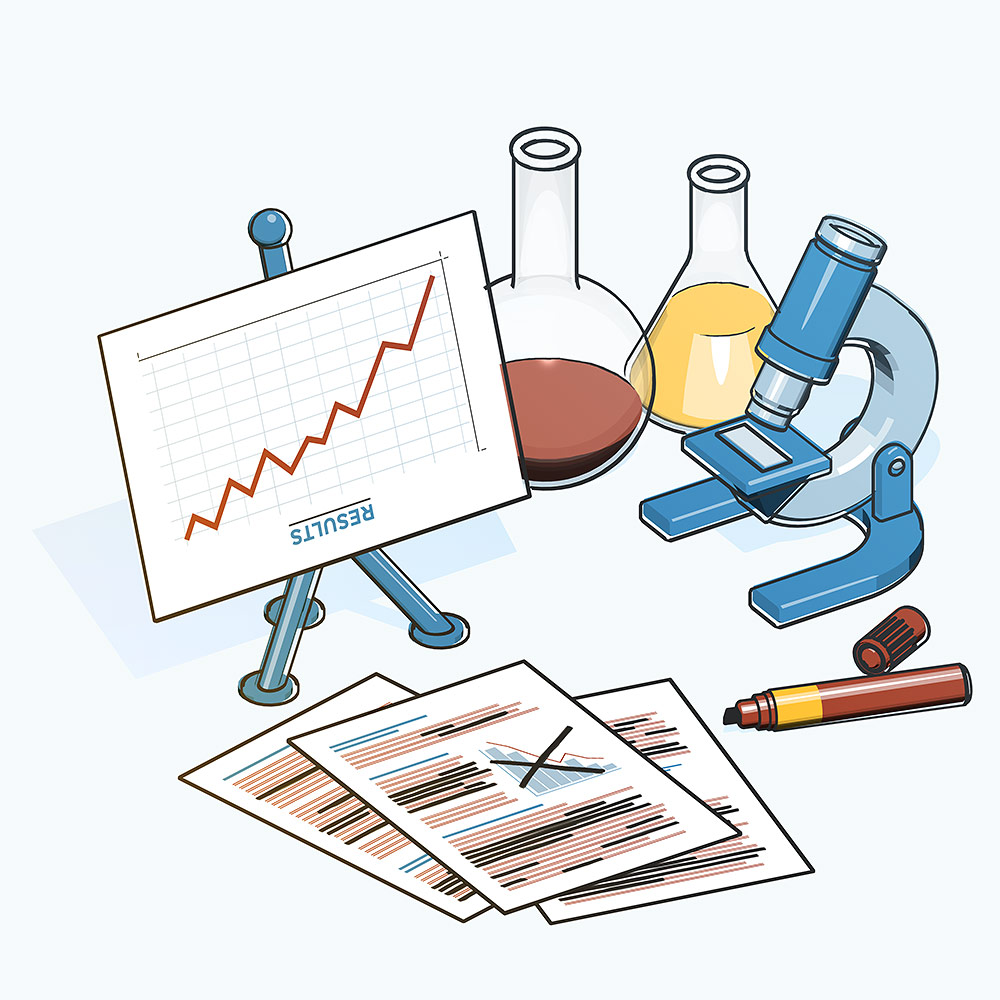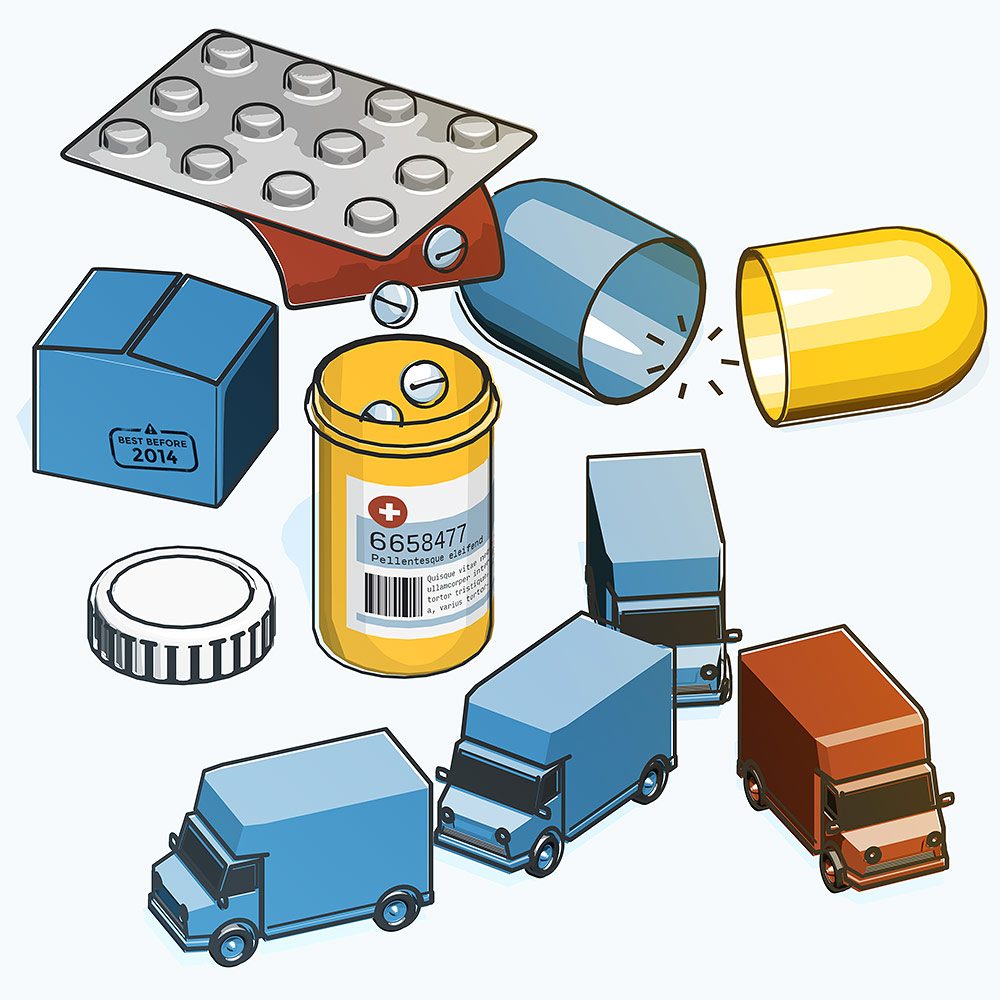Corruption Categories
Corruption is pervasive within healthcare to the extent it has become normalised. From the politician to the patient, corruption is part of doing business in the healthcare sector all over the world.
Research conducted by Transparency International’s Health Initiative (TI-HI) has shown that individuals in the healthcare sector do not always understand what corruption is and how it may undermine their work. Conversely, anti-corruption specialists do not always understand and appreciate the complexity of the health care system. This map – a project that will be kept updated – attempts to bridge that gap by providing for the first time, a comprehensive and accessible guide to a health system and the types of corruption that may occur.
Health systems are particularly vulnerable to corruption for several reasons. Information asymmetry between individuals and groups, susceptibility of the patient, the complexity of the products, and the large sums of money cascading through the health system all play a part. Nor are factors that influence health outcomes limited to changes in health policy and legislation. Trade policies, education systems and nutrition practices all impact directly or indirectly on health.
Some of the experts interviewed have gone so far as to argue that the whole system is broken, as multiple individuals, companies and groups involved in healthcare are placing their private self-interests over wider public health goals. But applying the definition of corruption – the abuse of entrusted power for private gain – is not always straightforward. In health, it may be fair to say that all individuals, companies and groups are entrusted to provide or support the delivery of products or services that healthcare depends on.
Who is ultimately responsible for the health of the global population? When does market failure and waste become corruption? When does criminal activity committed by those who are not “entrusted” become corruption? And when does something that is considered unethical become outright abuse of entrusted power for private gain?
While forms of corruption such as bribery, conflicts of interest and fraud can occur throughout a health system, this map identifies how they specifically occur in different parts of a health system. The 37 identified types of corruption are clustered into eight categories that represent different areas of the healthcare sector. Though these corruption types do not occur in an isolated part of a system – their effects often lead to other types of corruption occurring. For example, a doctor that is encouraged to pay for a promotion may try to offset the cost by demanding bribes from patients. Some corruption types are easy to identify, while others are implicit and more complex.
However, all 37 corruption types have one thing in common – they negatively impact health systems and health outcomes.

Transparency and Equity in the COVID-19 Vaccine Rollout
Read more >
Improving COVID19 procurement to increase equitable access to medicines and medical equipment
Read more >
Health System Governance
Distorted policies and legislation will negatively affect public health goals and have a cascading effect throughout the health system.
Read more >
Health System Regulation
Regulation implemented to protect patients from the dangers of healthcare services and treatments can be exploited by individuals, companies and groups.
Read more >
Research and Development
Corruption in research and development can lead to unsafe or ineffective products entering the health system and medical knowledge being compromised.
Read more >
Marketing
The improper marketing of products in the healthcare sector can lead to the use of inappropriate products and unnecessary treatments.
Read more >
Procurement
Corruption in procurement can lead to the purchase of obsolete, dangerous, ineffective, or undelivered products, facilities and services.
Read more >
Product Distribution & Storage
During distribution and storage genuine products may be stolen and falsified, while substandard and re-packaged products can enter the health system.
Read more >
Financial & Workforce Management
The theft of healthcare funds and corruption in the management of healthcare providers will limit the quality of healthcare services delivered to patients.
Read more >
Delivery of Healthcare Services
Any type of corruption during the delivery of a healthcare service will directly impact on the quality and level of care offered to patients by healthcare providers.
Read more >